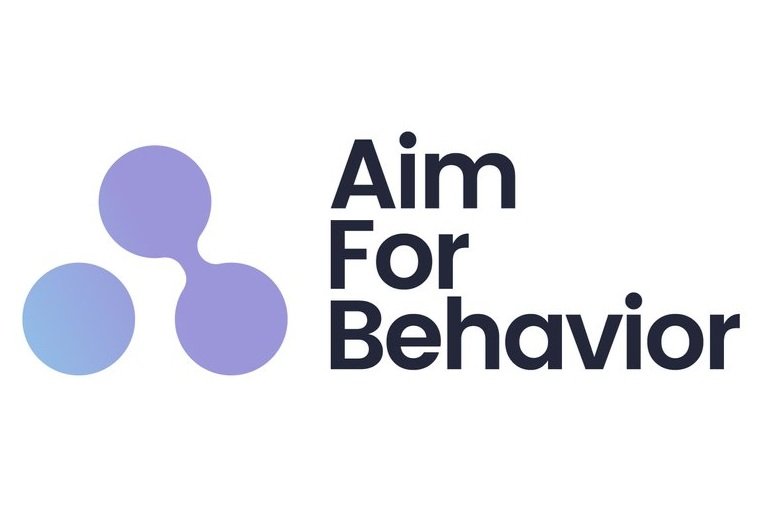Are We Skipping a Crucial Step in Human-Centered Design? Why Incorporating a Scientific Approach is Essential for Creating Effective Solutions
As designers, our responsibility is to create solutions that truly meet the needs of the people we are designing for.
This involves more than just empathizing with them - it requires a deep understanding of their behavior, decision-making, and psychology.
In the past, I believed that the key to human-centered design was simply getting in a room, filling out a canvas, defining the problem, exploring, and being in a co-creation session (ok, this is a bit reductionist, but you get the point). All valid and important activities.
However, I soon realized that this approach was not enough. When the products, services, and processes were put into the real world, they didn't always solve the issues, and sometimes even caused more problems.
So, I asked myself, how can we truly understand people?
This is what led me to incorporate behavioral science into my design process.
By using an evidence-based approach to define the human problem, we can gain a deeper understanding of the people we are designing for, including their context, environment, capabilities, and motivations.
As Nigel Cross wrote in his paper Designerly ways of knowing, "What designers know about especially is the ‘artificial world’ - the human-made world of artefacts...Their knowledge, skills, and values lie especially in the techniques of the artificial. (Not ‘the sciences of the artificial’.)" - but there is no reason why they can't know and both.
It's important to note that, when designing solutions, both Human-Centered Designers and Behavioral Scientists can benefit from adopting a behavioral mindset and a design mindset, respectively - Aligning and Combining.
We should therefore avoid an 'or' framing - (meaning using Behavior Science or Human Centered Design) which can lead to prioritizing science over design or vice versa.
The truth is that for me the hope is that we don't have just behavioral scientists, but that the process and ways of working become the norm for innovation and design and other teams.
Incorporating behavioral science into human-centered design is a constant journey of learning and applying and re-learning.
It's not a silver bullet, but it can help designers create solutions that are more effective and beneficial for everyone involved. (Reduce the risk and have a better hypothesis)
As designers, we have a responsibility to truly understand people and design to help enable them.
As a community, we need to continue to iterate, learn, and improve our work so that we can create solutions that truly meet the needs of the people we are designing for.
P.S - the quick image I made probably does not represent well enough the combining of things, but my goal here is to open up the conversation.
These are other ways I can help you:
1 ) Get my Behavior Science and Design Courses: Learn to add that missing Behavioral Science layer to your products and services in an easy and practical way
2) Explore my services: I work on small projects or as part of your team
3) Frameworks: Get access to my free frameworks and tools
4) If you want to get Behavior Science and Innovation Tools join my Newsletter

